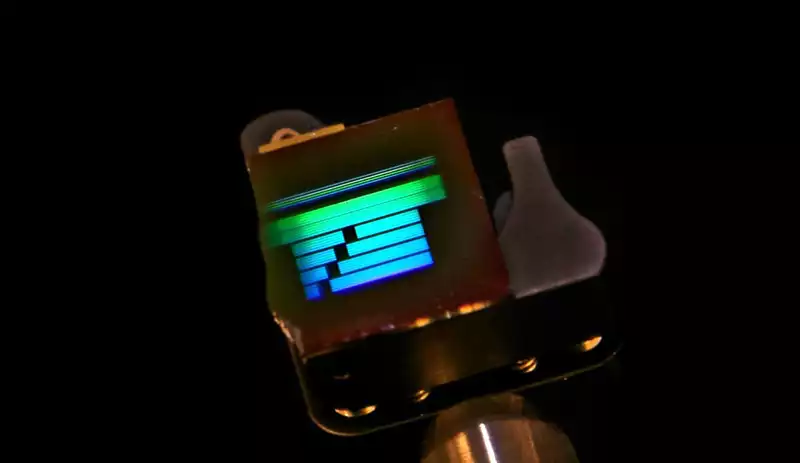You can also be interested in these:
- CES 2022: The year’s most anticipated tech event
- Graphene Aerogel: the lightest material on earth
- Seemingly all Intel Alder Lake CPU can be overclocked after all
- Seaweed water pouch: New eco-friendly plastic alternative
In recent years and as we approach the limits of Moore’s Law, different companies are looking for alternatives to improve the performance of computers. Every time we try to put more transistors into a component it increases the complexity of the operation. For IBM, things seem to be getting traction with a new technology aiming to alleviate this situation. In this sense, let’s take a closer look to the new IBM optical circuits.

Among all the alternatives IBM had to make computers even more compact and faster, they are not trying to cramp more transistors into the circuits. Instead, what the company is trying to do is changing what is being processed by them, in this case, light.
Components transmit light instead of electricity
According to IBM, the speed of processors has stagnated for the past decade and a half to a few gigahertz. That is to say, as much as we want to get more performance out of the chips, they won’t be able to do more with current technology. The idea to solve this bottleneck has to do with changing the complete operation of the circuits.
IBM optical circuits are the next big thing in computing. The company claimed, for the first time, to efficiently guided visible light through silicon. This is undoubtedly an important step forward to achieve faster and more efficient chips. Why? Because visible light travels faster than electricity between transistors.

Optical circuits encode information using light instead of electronics. They are not entirely new, but important advances are just taking place due to the difficulties that technology currently presents. IBM built the first optical transistor that operated at room temperature in 2019. Now they claim to have molded silicon to guide light between these transistors.
New challenges of this technology
Using silicon for this has its advantages and disadvantages. The good part is that it is relatively cheap and common, as it is the element currently used for chips after all. The downside is it is quite a challenge to prevent it from absorbing visible light. IBM says that to avoid this they built a kind of nanometer-thick grid around the silicon “tube”. This reflective enclosure prevented the light from escaping and the photons were thus able to reach their destination.
Despite the progress, there is still a long way to go until we see IBM optical circuits that are in good functional condition, cheap and easy to manufacture. IBM say the next step for now is to design an efficient coupling of silicon light in other components. Ultimately everything consists of creating “paths” to carry light from one place to another, like the cables we use to transmit electricity. Meanwhile, other companies like Intel propose other alternatives such as neuromorphic processors, which beat traditional CPUs by a mile in some respects.
More stories like this
- CES 2022: The year’s most anticipated tech event
- Graphene Aerogel: the lightest material on earth
- Seemingly all Intel Alder Lake CPU can be overclocked after all
- Seaweed water pouch: New eco-friendly plastic alternative
- These power shoes generate electricity with every step
- What is Identity-Based IBAC Access Control?